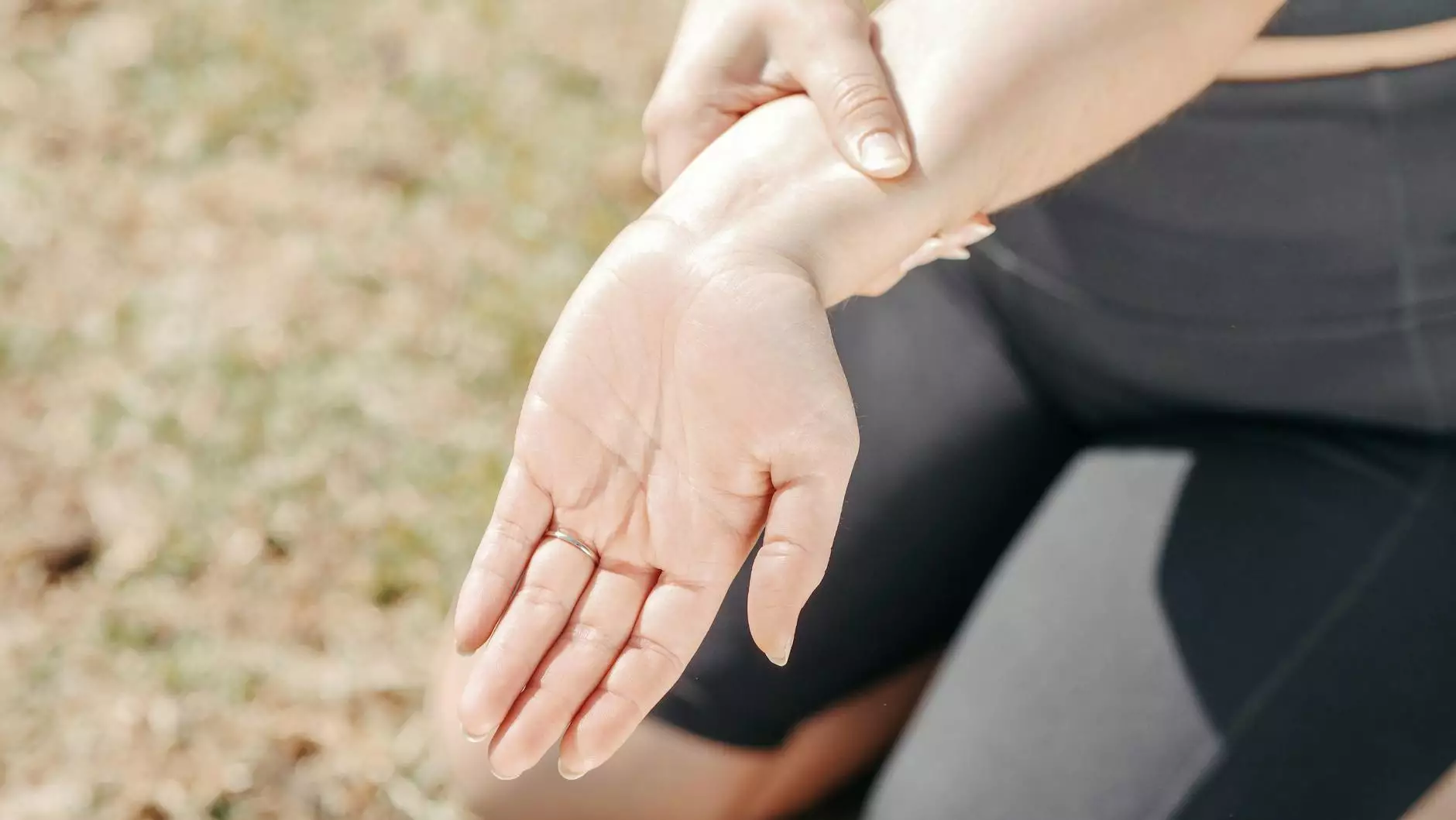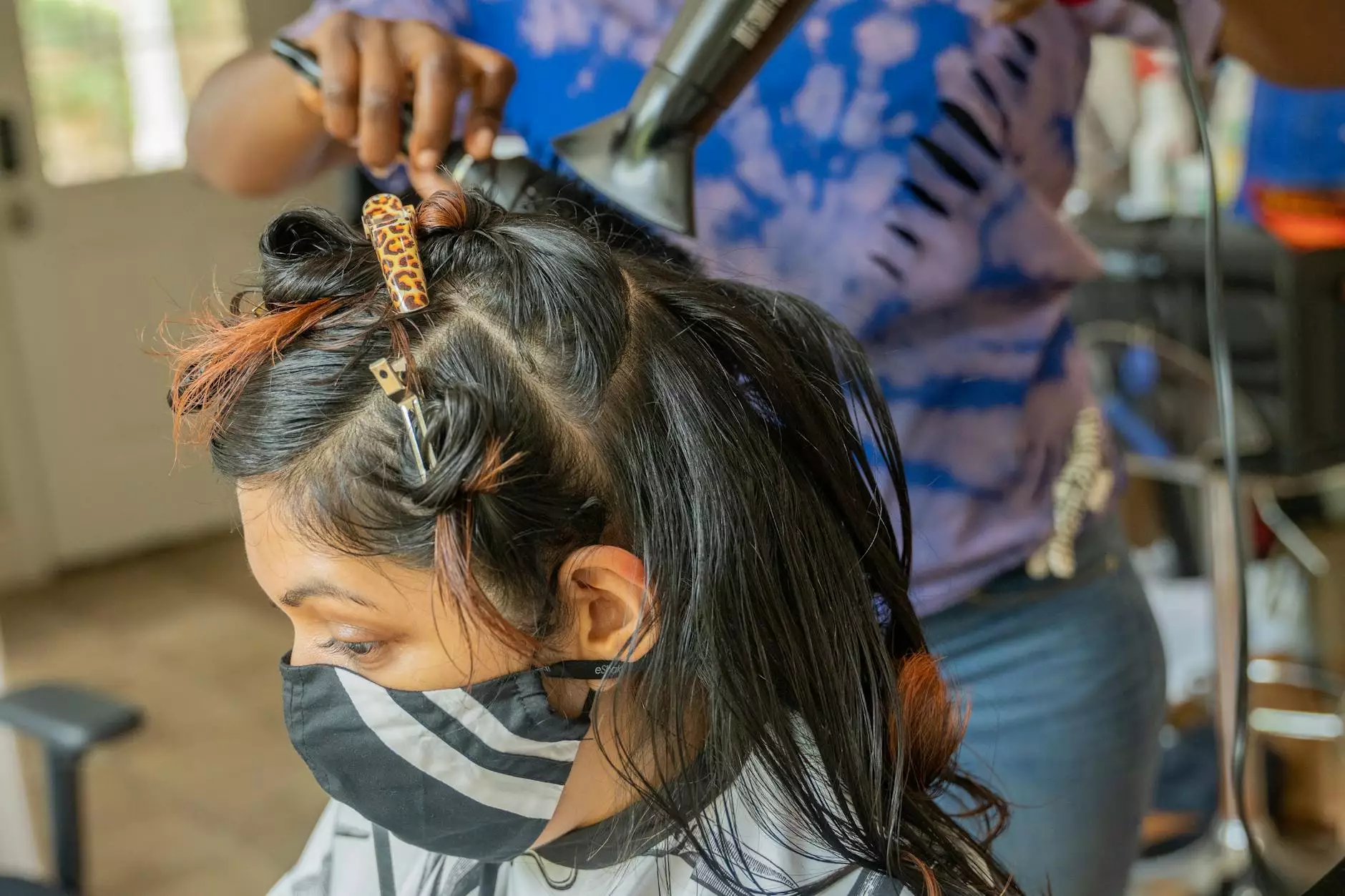Understanding Tendonitis and Tenosynovitis: Comprehensive Guide, Treatment, and Prevention

In the realm of musculoskeletal health, two conditions that frequently challenge individuals are tendonitis and tenosynovitis. These conditions can significantly impact one’s quality of life, often causing chronic pain and reduced mobility. This article aims to provide in-depth knowledge about these conditions, their symptoms, causes, treatment options, and preventive measures you can take to maintain optimal health.
What is Tendonitis?
Tendonitis is the inflammation or irritation of a tendon, which is the thick fibrous cords that attach muscle to bone. This condition typically occurs in areas of the body that experience repetitive motion or chronic stress, and it's most commonly seen in the following joints:
- Shoulders
- Elbows
- Wrist
- Knees
- Achilles tendon in the heel
What is Tenosynovitis?
Tenosynovitis, on the other hand, refers to the inflammation of the protective sheath (synovium) that surrounds a tendon. This condition commonly affects the hands and wrists, but can occur in other areas of the body as well. Similar to tendonitis, tenosynovitis can cause pain, swelling, and difficulty moving the affected joint.
Symptoms of Tendonitis and Tenosynovitis
The symptoms of both conditions may overlap, leading to confusion. Common symptoms include:
- Pain: A constant ache, especially during movement.
- Swelling: Inflammation around the affected tendon or sheath.
- Stiffness: Reduced range of motion in the affected area.
- Tenderness: Sensitivity when pressure is applied.
- Creaking or crackling sounds: Notably during movement (crepitus).
Common Causes of Tendonitis and Tenosynovitis
Understanding the causes of these conditions is essential for prevention and management. Here are the primary contributors:
- Repetitive Motion: Activities that involve the same motion repeated over time can lead to micro-injuries in the tendons.
- Age: As we age, tendons lose elasticity and become more susceptible to injury.
- Improper Technique: Using improper lifting or athletic techniques can cause undue stress on tendons.
- Underlying Health Conditions: Conditions like diabetes or rheumatoid arthritis can increase the risk of developing tendon injuries.
- Occupational Hazards: Jobs requiring repetitive movements can predispose individuals to these conditions.
Diagnosis of Tendonitis and Tenosynovitis
If you experience symptoms associated with tendonitis or tenosynovitis, it’s important to seek a proper diagnosis. Healthcare providers typically use the following methods:
- Physical Examination: Doctors will assess your symptoms and mobility.
- Medical History: Discussing past injuries or occupations that may contribute to your condition.
- Imaging Tests: X-rays, MRI, or ultrasound may be employed to diagnose the extent of the injury.
Treatment Options for Tendonitis and Tenosynovitis
The treatment for these conditions is primarily focused on relieving pain and restoring function. Popular treatment modalities include:
- Rest: Allow the affected tendon to heal by avoiding aggravating activities.
- Ice Therapy: Apply ice to reduce swelling and pain.
- Compression: Use of elastic bandages to help reduce swelling.
- Elevation: Keeping the affected limb elevated helps reduce swelling.
- Physical Therapy: Tailored exercises to strengthen the affected area and improve flexibility.
- Medications: Non-steroidal anti-inflammatory drugs (NSAIDs) may provide pain relief.
- Corticosteroid Injections: In certain cases, corticosteroids may be injected to reduce inflammation.
- Surgery: In severe cases where conservative measures fail, surgical intervention may be necessary to repair the damaged tendon or sheath.
Preventive Measures for Tendonitis and Tenosynovitis
Prevention is key when it comes to avoiding tendon injuries. Here are effective strategies:
- Warm-Up: Always incorporate a thorough warm-up before engaging in physical activities.
- Strength Training: Regular strength training, focusing on the areas surrounding the tendons, can provide stability.
- Avoid Repetitive Motions: Take regular breaks during activities involving repetitive motions.
- Correct Posture: Use ergonomic equipment and maintain good posture to distribute stress evenly.
- Cross-Training: Engage in a variety of exercises to avoid overworking the same muscle groups.
Living with Tendonitis and Tenosynovitis
Managing tendonitis and tenosynovitis requires a holistic approach that combines treatment with lifestyle alterations. Here’s how you can improve your living experience:
- Listen to Your Body: Pay attention to pain and discomfort, adjusting activities accordingly.
- Maintain a Healthy Weight: Excess body weight can place additional stress on your joints and tendons.
- Stay Hydrated: Proper hydration supports overall joint health and reduces stiffness.
- Follow Medical Advice: Stay in touch with your healthcare provider and adhere to recommended treatment regimens.
Conclusion
In conclusion, tendonitis and tenosynovitis are common conditions that can significantly affect your daily life. By understanding their symptoms, causes, and treatments, you can take proactive steps towards prevention and recovery. Always consult with a healthcare professional if you suspect you have either condition, as early intervention can lead to a more effective treatment process. Remember, your musculoskeletal health is vital, so prioritize self-care practices to maintain your well-being.
Get Help from Professionals
If you are struggling with symptoms of tendonitis or tenosynovitis, consider reaching out to professionals. Resources and specialists can be found at IAOM-US, where healthcare experts can guide you and provide tailored treatment and rehabilitation plans.









